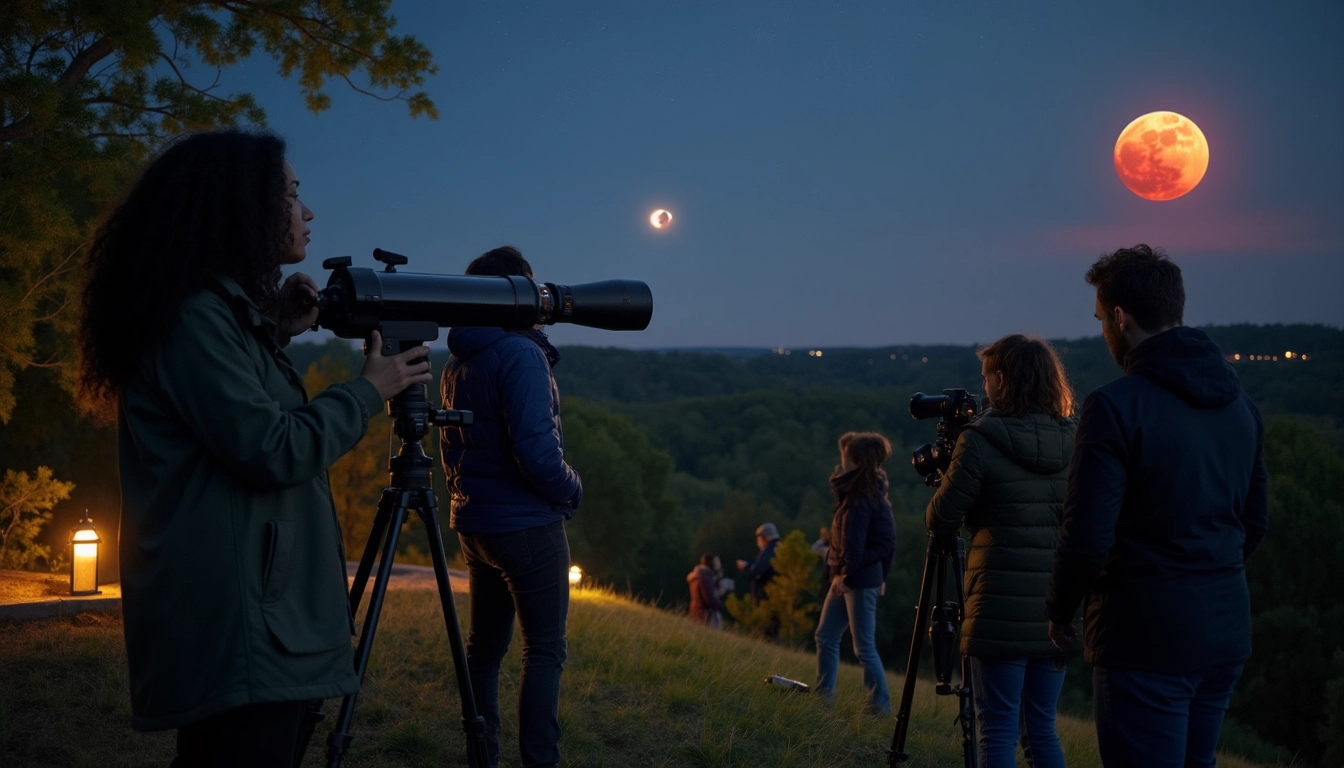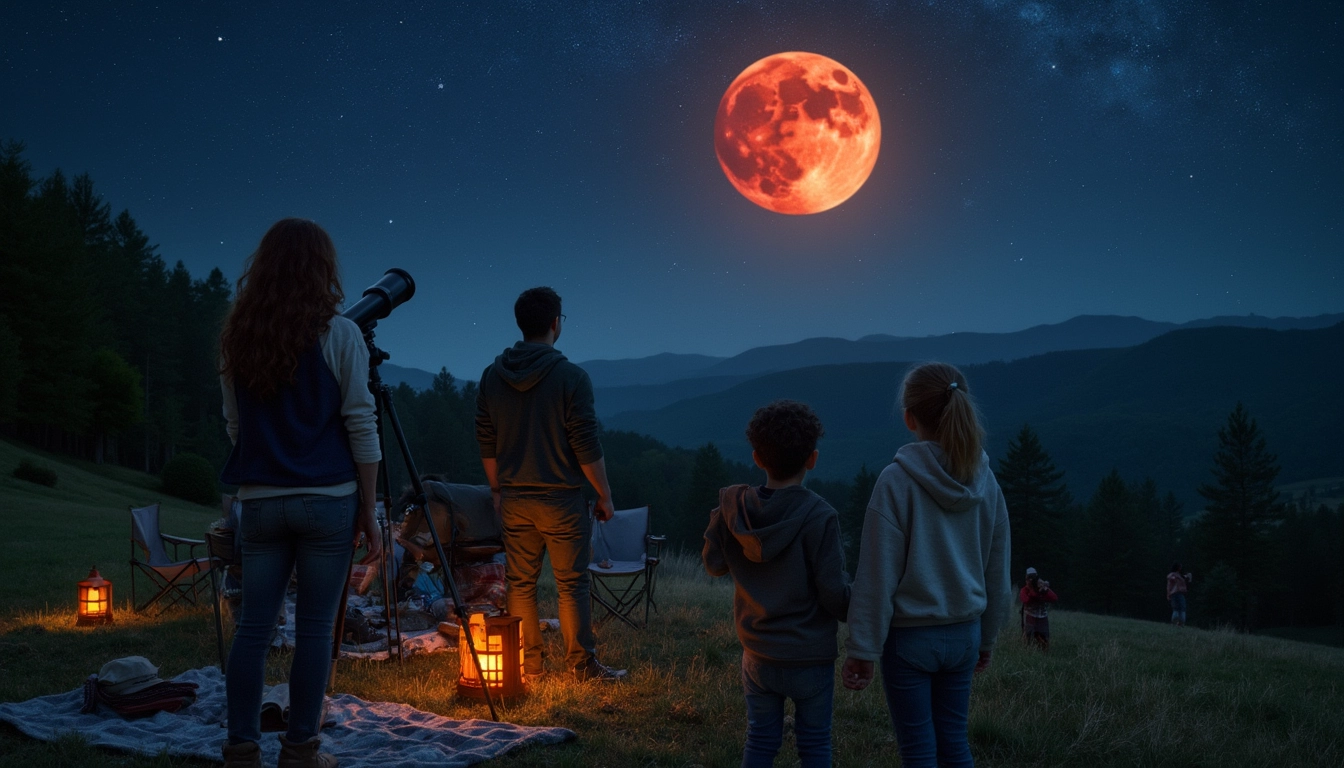
Total Lunar Eclipse 2025: Spectacular Blood Moon Show Coming March
The upcoming total lunar eclipse on March 13-14, 2025, promises to deliver a stunning celestial display as Earth’s shadow transforms the Moon into a dramatic red-orange spectacle. This astronomical event, visible across the Americas and parts of other continents, will treat observers to a 65-minute totality phase during which the Moon takes on its characteristic blood-red appearance.
Key Takeaways:
- The total lunar eclipse will be visible across North and South America, with partial visibility in Australia, Asia, Africa, and Europe
- The Moon will appear red-orange due to Rayleigh scattering of sunlight through Earth’s atmosphere
- The entire eclipse event spans over 6 hours, with the total phase lasting 65 minutes
- Maximum eclipse occurs at 2:58 a.m. EDT on March 14, 2025
- Ideal viewing requires clear skies and minimal light pollution
Understanding the Eclipse Timeline
The blood moon phenomenon begins with the penumbral phase at 11:57 p.m. EDT on March 13. The partial eclipse starts at 1:09 a.m. EDT on March 14, leading to the main event – the total lunar eclipse – which begins at 2:26 a.m. EDT. During totality, Earth’s shadow completely blocks direct sunlight from reaching the moon, creating the distinctive red coloration.
Prime Viewing Locations
The total lunar eclipse will be particularly spectacular from several locations in Georgia. These include the Tellus Science Museum in Cartersville and the UNG’s North Georgia Astronomical Observatory in Dahlonega. These sites offer optimal viewing conditions with minimal light interference.

Weather Considerations and Viewing Tips
For the best viewing experience of Earth’s shadow crossing the moon, clear skies are essential. Some areas might experience partly to mostly cloudy conditions, so I recommend checking local weather forecasts closer to the date. Here are some recommended viewing locations with typically favorable conditions:
- Mason Mill Park (Decatur)
- Red Top Mountain State Park (Acworth)
- Brasstown Bald (Hiawassee)
- Stephen C. Foster State Park (Fargo)
Scientific Significance
This particular eclipse has an umbral magnitude of 1.1804, indicating the Moon will be completely immersed in Earth’s shadow. The event is part of a regular eclipse season that occurs approximately every six months, determined by the Moon’s orbital tilt of 5.145 degrees relative to Earth’s equator.
Future Eclipse Opportunities
If weather conditions aren’t ideal for this eclipse, mark your calendar for upcoming events. The next partial lunar eclipse visible from the Americas will occur on August 28, 2026, followed by a total lunar eclipse on June 26, 2029. Each event offers unique opportunities to witness this fascinating astronomical phenomenon.


